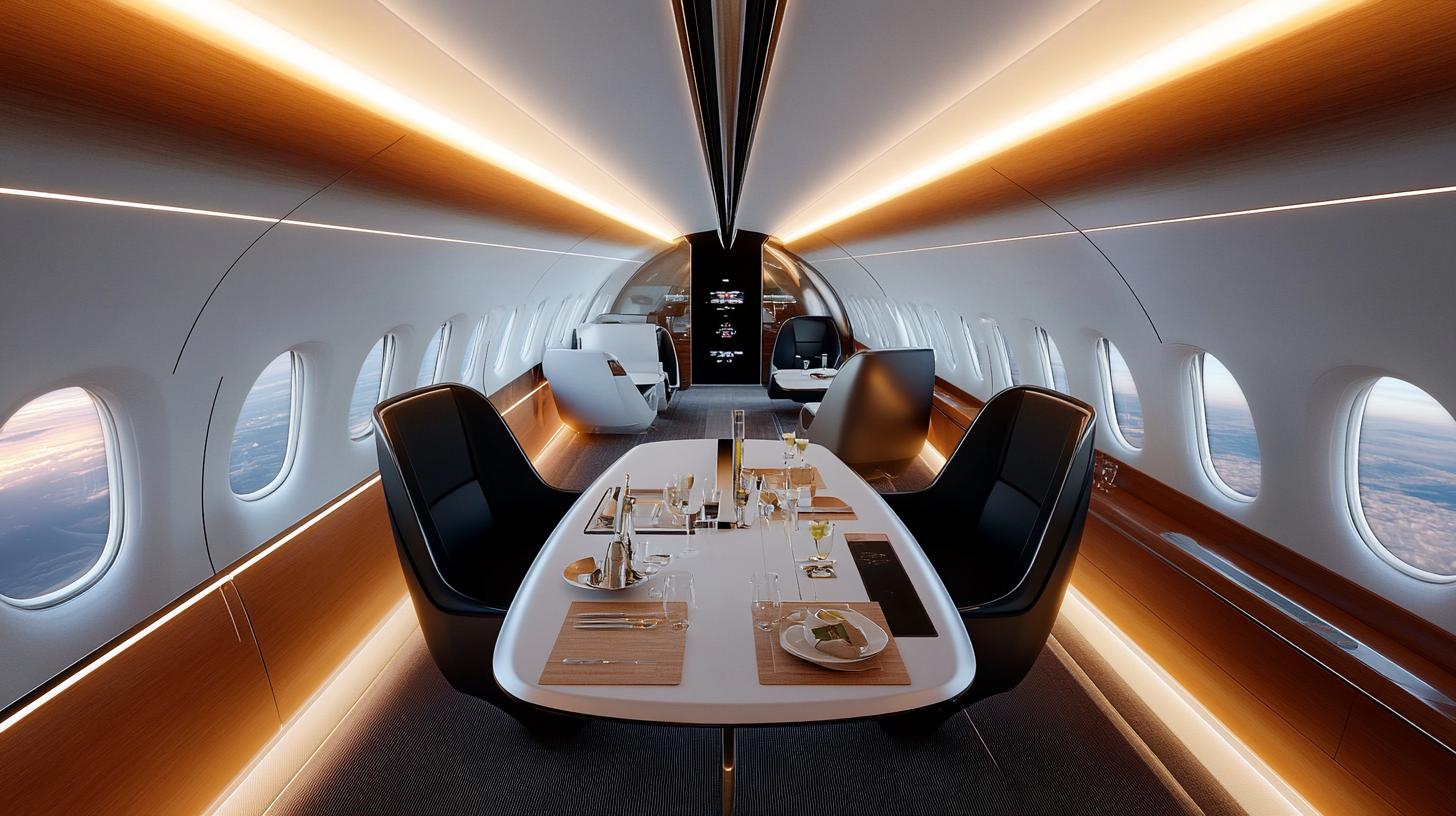A new report from The Business Research Company sheds light on the remarkable expansion of the Global Supersonic Jet Market. As the world awaits the return of commercial supersonic flight, the market is forecast to grow from $25.93 billion in 2023 to $27.77 billion in 2024, with a robust compound annual growth rate (CAGR) of 7.1%. By 2028, this sector is expected to reach a staggering $36.17 billion.
The resurgence in demand is driven by several factors. Environmental sustainability efforts and the pursuit of innovative fuel alternatives are among the critical drivers. The market is also poised to benefit from the increasing interest in supersonic cargo transport and improved passenger experiences.
Technological advancements play a pivotal role in this growth story. Leading aerospace companies are collaborating on groundbreaking projects, such as the partnership between Lockheed Martin Aeronautics and NASA to develop quieter supersonic jets. This endeavor aims to negate the infamous sonic boom over land, promising revolutionary commercial flight experiences.
Additionally, the rise in global air passenger traffic, fueled by an expanding middle class and competitive low-cost carriers, is set to propel the industry forward. The International Air Transport Association anticipates a surge in air travelers to 4 billion by 2024, surpassing pre-pandemic numbers.
For stakeholders, these insights offer a strategic advantage, providing comprehensive market statistics and emerging trends essential for informed decision-making and competitive positioning in the supersonic arena.
Supersonic Jets and Their Impact on Future Technologies and Society
The landscape of aviation is on the cusp of a significant transformation with the anticipated return of commercial supersonic jets. Beyond the well-documented market growth projections, new developments in the field of supersonic technology promise to reshape both global travel and technological innovation.
The ongoing reinvention of supersonic flight is not just about cutting down travel time—it’s a potential catalyst for numerous technological advancements. Did you know? The research into reducing sonic booms has far-reaching effects beyond aviation. It influences noise pollution management technologies which can be applied to urban environments and other forms of transport.
Technological Innovations and Impact
One intriguing development is the advent of advanced noise reduction technologies. Traditionally, sonic booms have been a major barrier to the viability of supersonic jets over populated areas. Current research, such as NASA and Lockheed Martin’s collaboration, aims at creating jets that produce “soft thumps” instead of loud booms. This innovation could lead to quieter environments not just on airways but also in busy cityscapes, emphasizing a trend towards quieter, more environmentally-conscious engineering.
Moreover, supersonic jet development pushes the boundaries of material sciences. New composite materials, which are both lightweight and highly durable, are crucial for the performance and efficiency of these jets. These breakthroughs can extend to other industries, from automotive to consumer electronics, enhancing products with materials that bring both strength and flexibility.
In the quest for environmental sustainability, the influx of alternative jet fuels represents a significant shift. Sustainable aviation fuel (SAF) is at the forefront, offering reductions in carbon emissions that far exceed current standards. This not only benefits the aviation industry but also sets new benchmarks for clean energy applications worldwide.
Advantages and Controversies
The rekindled interest in supersonic flight comes with its share of advantages and controversies. On one hand, supersonic jets promise to shrink the world, making cities once considered distant, essentially neighbors. Businesses can operate more efficiently on a global scale, fostering unprecedented economic growth and collaboration.
However, questions about environmental impact and cost remain pressing. The carbon footprint of supersonic jets, even with eco-friendly fuels, is under scrutiny. Debate continues over whether the environmental costs can be justified by the gains in speed and convenience. Moreover, the affordability of supersonic air travel remains a question—will it be accessible to the average traveler, or will it remain a luxury for the wealthiest elite?
What Does This Mean for the Future?
Q: How will the return of supersonic jets shape the future of global travel and transport?
A: The implications are immense. From drastically reduced flight times leading to more productive business travel, to potential ripple effects in technology innovation across sectors, the impact of these developments could be profound. However, balancing advancement with sustainability will be crucial.
Related Opportunities and Industries
The burgeoning field of supersonic travel creates ripple effects across various industries. Companies specializing in noise reduction technologies, alternative fuels, materials engineering, and urban planning stand to gain from the symbiosis of interests fostered by this aviation renaissance.
To explore more about how technology is paving the way for future advancements in various sectors, visit NASA and Lockheed Martin to understand their role in leading these innovations.
The future of supersonic flight offers a tantalizing glimpse into what lies ahead—a world where speed and efficiency become the norm, aesthetics blend with performance, and society adapts to the evolving cadence of life in the fast lane.






















